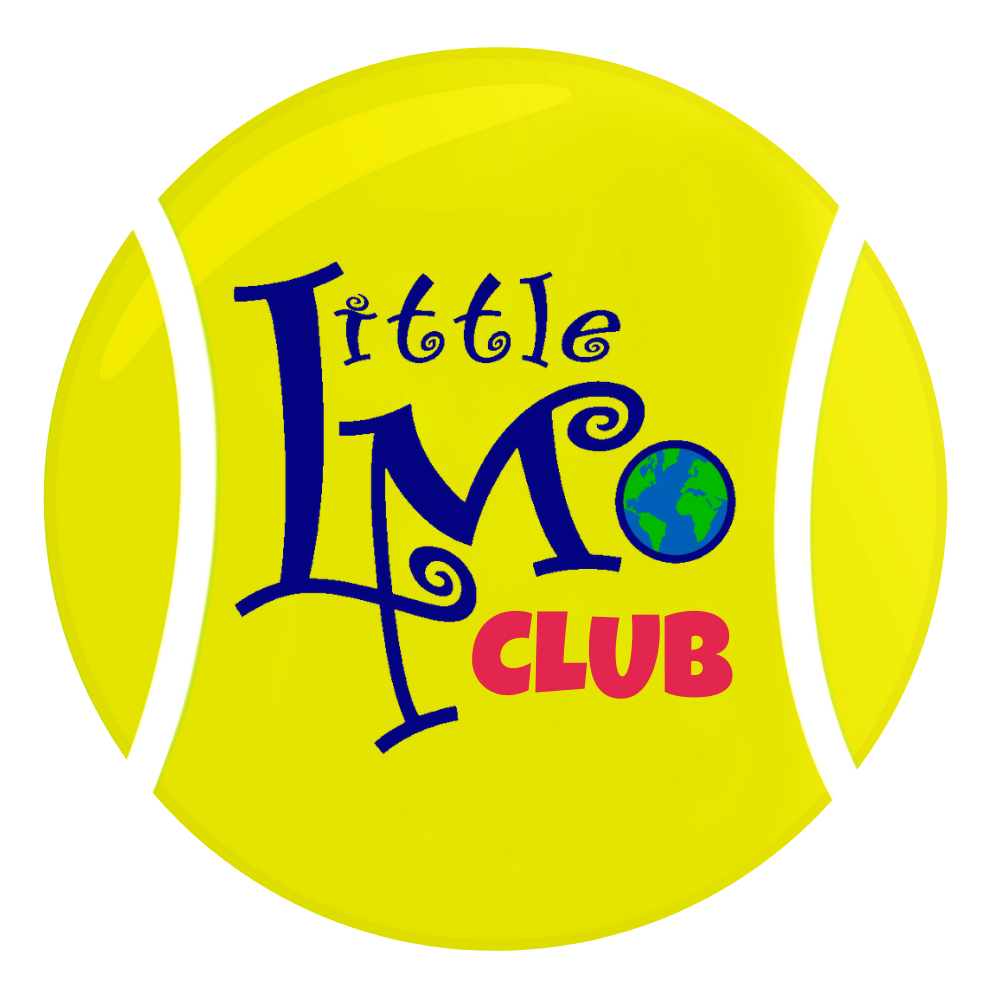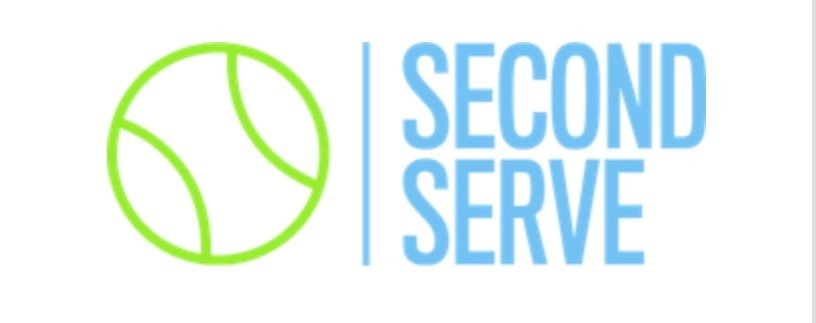Active Viewing
Up Next
What Can We Learn From the Pros?
With the Australian Open now in full swing, this is a great opportunity to do some active tennis viewing with your child. What do I mean by that? I mean, watching “tennis with a purpose” as our friends at CATennis.com call it.
For those of you in the States, the Aussie Open is a great tournament to try this since the matches are airing early in the morning or at night when your child is most likely home. Maybe you can watch during breakfast time or for a little while after dinner before getting started on homework?
Here are a few things to watch for and discuss with your child – or, better yet, have your child jot down some things he/she sees and then discuss them with the coach!
1. What type of attitude are the players displaying on the court? Are they reacting emotionally after each point or “playing possum” and keeping their opponents guessing? How do they treat the lines-people, chair umpires, and ball kids? Which type(s) of behavior seems to lead to winning the match?
2. What footwork patterns are the players using? How can those patterns translate to your child’s game?
3. What are the commentators saying at different points in the matches? For example, when the server is down 30-40, what do the commentators suggest the server do to get back in the game? How can your child learn from those suggestions?
4. How do the players use all areas of the court to work the points? Do you see geometric patterns emerging? How does this relate to what your child is learning in his/her school math class?
5. Where is the returner standing when receiving serve? Is he/she inside the baseline or well behind it? Is the positioning different on the first and second serve?
6. What adjustments do the players make when they’re behind in the score?
7. How does the player adjust to difficult conditions, i.e. wind, bugs, shadows, etc.? How can you child learn from the pros to be more adaptable when the conditions aren’t ideal?
8. How do the players handle injuries, either their own or those of their opponent? Do they dramatize the injury, turning it into what one commentator terms a “Spa Day” on the court? Or, do they put the injury aside and continue to compete as if the injury didn’t exist?
9. How does the player who’s leading in the score close out games and sets? How does he/she close out the match?
10. How do the players act during the post-match interviews? Are they cocky or modest? Do they treat the interviewers respectfully? What do they say about their opponents and their upcoming opponents?
By using critical thinking skills while watching some exciting tennis, your child is on a path toward becoming a real student of the game which should help on his path toward reaching his tennis goals. It may be the best free advice he ever gets!












